Art, Empowerment & Legacy: WomanKraft Celebrates 50 Years Bringing Cultures Together in the Old Pueblo Through the Language of Art
Release of "WomanKraft Community Arts: 50 Years of Presenting Women’s Vision" book
I met Judy Jennings in the Southern Arizona Senior Pride writing group. Judy’s debut book, WomanKraft Community Arts: 50 Years of Presenting Women’s Vision is scheduled for release Saturday, December 7, 2024.
WomanKraft Art Center is a Tucson community-based non-profit founded to claim, validate, and empower women artists and other under-represented groups.
I interviewed Judy to find out more about her life, the WomanKraft community, and how she came to write the book.
The first time I published anything, I was 48 years old. It was a series of travel stories I emailed home (in a pre-social media world) to a list of friends in 2001 when I was traveling in Thailand. At the time, there was a monthly women’s magazine in Tucson called “Rubyfruit” and Norma Gallindo, the editor, ran my stories. Momentum was building; I was a “real writer” at last, even if I was getting a late start.
As a teenager, I’d been in fierce rebellion to my strict evangelical upbringing. The day after I turned 18, I dropped out of Bible college and got a job working at a lunch counter in a five-and-dime store. I drove a taxi for three years after that, quite an education for this sheltered preacher’s daughter.
In 1975 I moved to Madison, Wisconsin, and it was as if I had discovered the Promised Land! There were lesbians, hippies, tofu, artichokes, avocados, gourmet cheeses, and multiple ethnicities. Everything I’d been longing for, both culturally and culinarily.
I worked at the Main Course Restaurant, a worker-owned and operated whole foods eatery. I was a founding mother of DOE Farm, 40 rolling acres of women’s land in northern Wisconsin. One year I adopted a huge puppy named Dancer and spent the summer on the farm, where I fell in love with a woman who was about to move to Tucson. Dancer and I followed her out west a few months later.
Once in Arizona, we got jobs at the Madera Canyon Lodge, before the kitchen burned down. I was chef, and she cleaned rooms; Dancer kept an eye out for skunks.
The six months I spent in the canyon were all it took for me to fall in love again: this time with birdwatching, the smell of creosote after a rain, and the fragile ecology of the Sonoran Desert. Tucson started to feel like home.
After Thailand I kept up momentum by publishing a series of articles about animal conservation and writing several blogs. Unfortunately, I got sick and after that, everything else took a back seat for what seemed like eternity.
Perversely, I began to prosper again during the COVID-19 pandemic. The RA was finally under control, social distancing was in effect, and people were crowding onto the internet for connection. I joined two writing groups on Zoom and started another blog. I was back in the writing saddle.
Earlier this year, when WomanKraft founding mother Nancy Martin proposed I write a book about WomanKraft Art Center in celebration of their 50th anniversary, I said yes without hesitation. It’s turned out to be a wonderful collaboration. I wrote the book and Nancy was the “artistic director” in charge of photo arrangement and the concept for cover designs, as well as proofreading. Some chapters are written in my words, and others are in the words of the artists themselves, who tell us from the inside how art has the power to enrich lives.
“WomanKraft is where dreams
you didn’t even know you had,
come true.” Lois Stuart
“WomanKraft Community Arts: 50 Years of Presenting Women’s Vision” is the story of a dedicated group of women artists in Tucson who banded together in the 1970s in response to a lack of female gallery representation in the fine arts world. More than just an account of community based art, these pages tell of the determination of the founding mothers who collectively built a space for art, lost it all, and rebuilt.
Founding mother Nancy Martin recalls what the art world was like in those days. “In 1974, things were very different. During that time, I found that if I submitted my slides as Nancy Martin I got rejected more often than I expected and my work was considered ‘crude’. But when I finally went with the androgynous N. Skreko Martin, and was probably presumed to be male, suddenly my work became ‘strong’. A lot of women artists were having the same problem.”
WomanKraft held exhibitions for years in various spaces like the University of Arizona Student Union and the craft fair circuit, then in 1986 the group rented a downtown gallery space. In spite of the gallery’s enormous success during six years on Congress Street, conservative new owners of the property took one look at a multi-cultural exhibition on spirituality and raised the rent to impossible. WomanKraft was out on its ear.

The artists were determined that the art center would continue, and promptly formed a search committee to look for a new property. The following is an excerpt from “Chapter 9, Linn Lane’s Autobiography”. Lane served as WomanKraft Executive Director from 1986 until 2012, when she passed away. She wrote this autobiography 1999, and in this passage she is referring to the building they acquired after losing the Congress Street Gallery.
“What happened next is magic. There has always been magic in my life. WomanKraft members met and affirmed that we intended to continue a public venue, in the Arts district and that furthermore this space would be WomanKraft owned not rented and would in every way be better.
On December 1, 1992, I signed the papers to buy our current home for the arts, ‘The WomanKraft Castle,’ a huge Queen Anne Victorian that provides us with adequate gallery, studio, and educational space. It has wonderful grounds with huge trees, six kinds of lizards, 12 kinds of butterflies, humming birds. It is the kind of place one dreams of returning to.
When we obtained it a lot of people called it more of a nightmare than a dream. It had been abandoned for several years, the back yard was a trash heap, the inside smelled terrible and was also full of garbage. Nothing worked and previous renovations were criminal. The city was threatening to demolish the building as a health hazard. People said we were crazy to go where professionals feared to tread. We did and are still doing the renovations ourselves. Now people say how lucky we are to have such a great building. They just don’t understand how a group of such poor women artists came to own a Castle!”
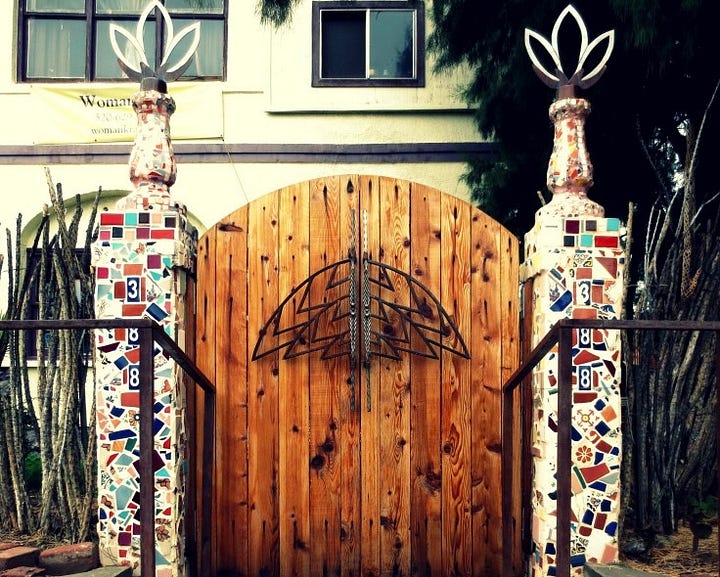

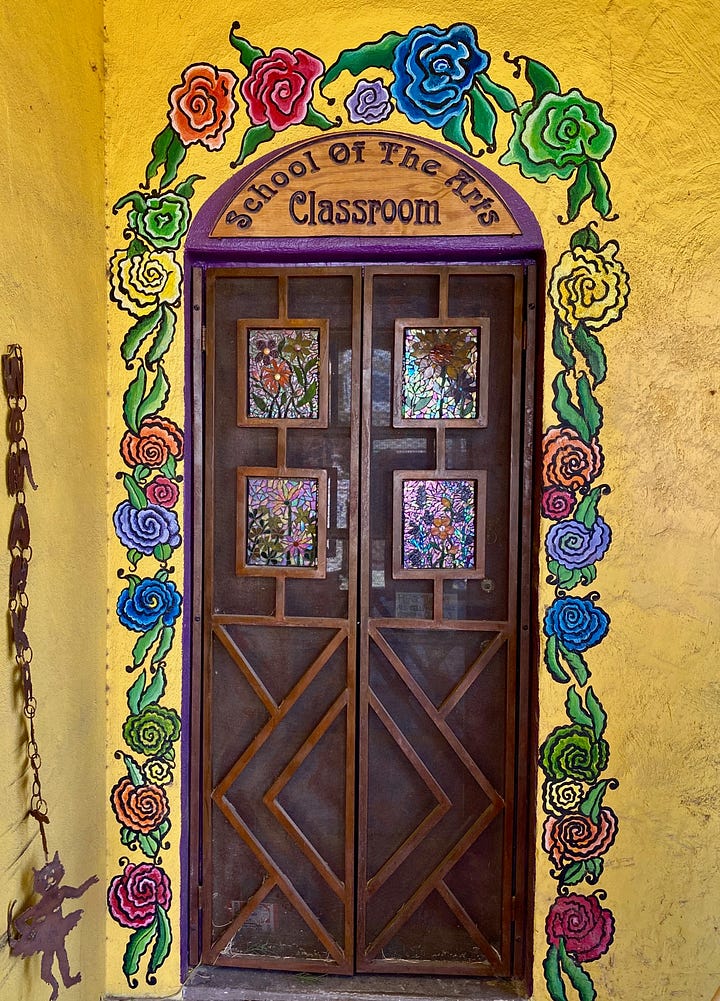
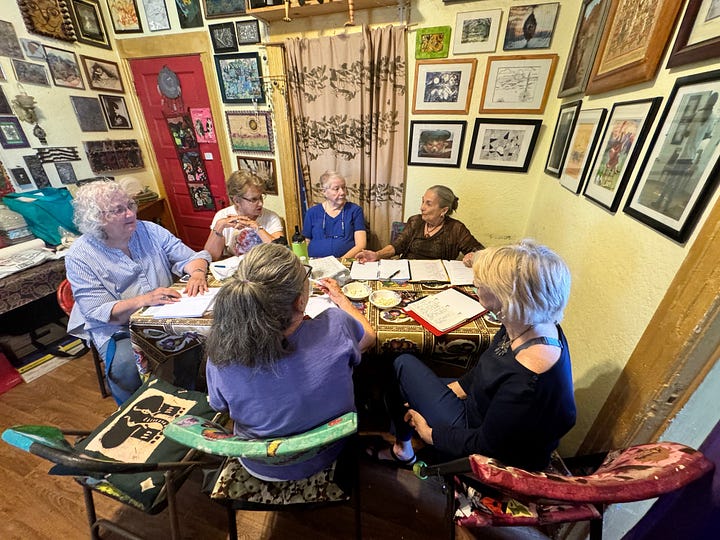
Please join WomanKraft for our book launch at the Castle on Saturday, December 7th. Gallery open 1-5 PM and 50th Anniversary party 5-7 PM. Come schmooze with the authors and enjoy the Holiday Bazaar! Free admission, open to the public, plenty of parking. 388 S. Stone Avenue, Tucson, Arizona.






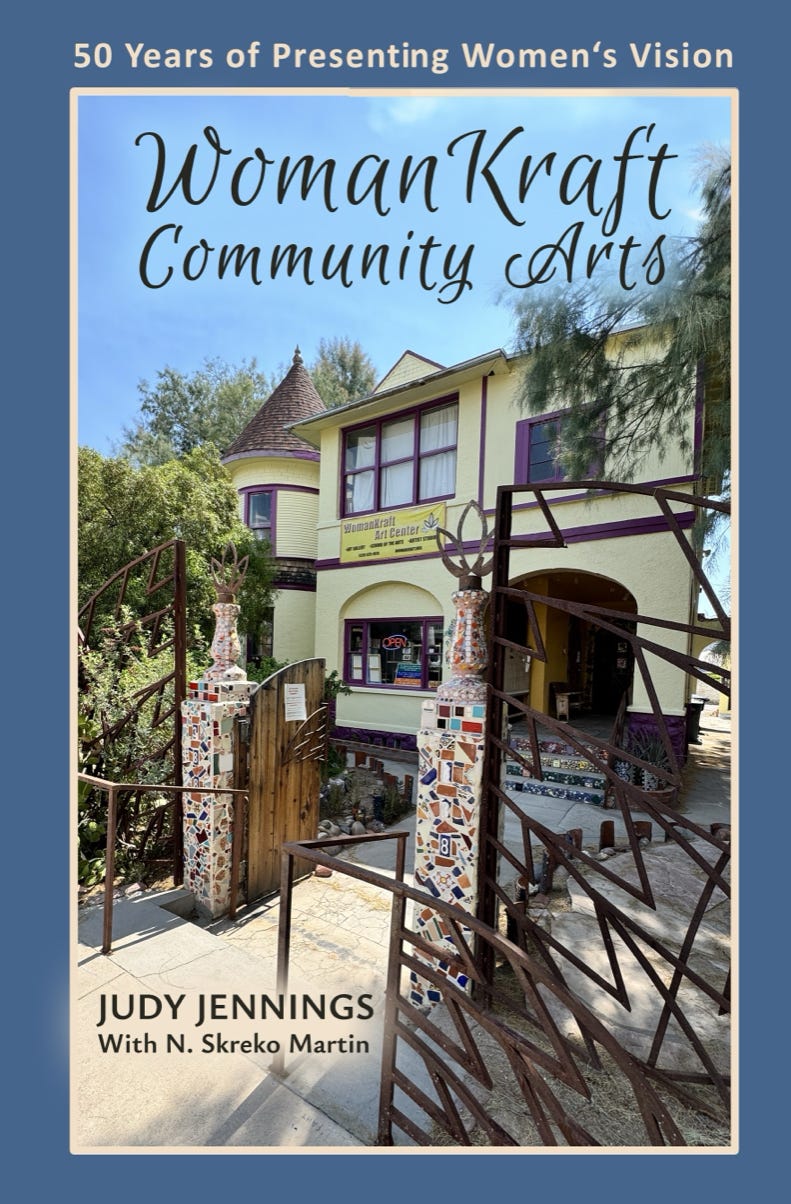

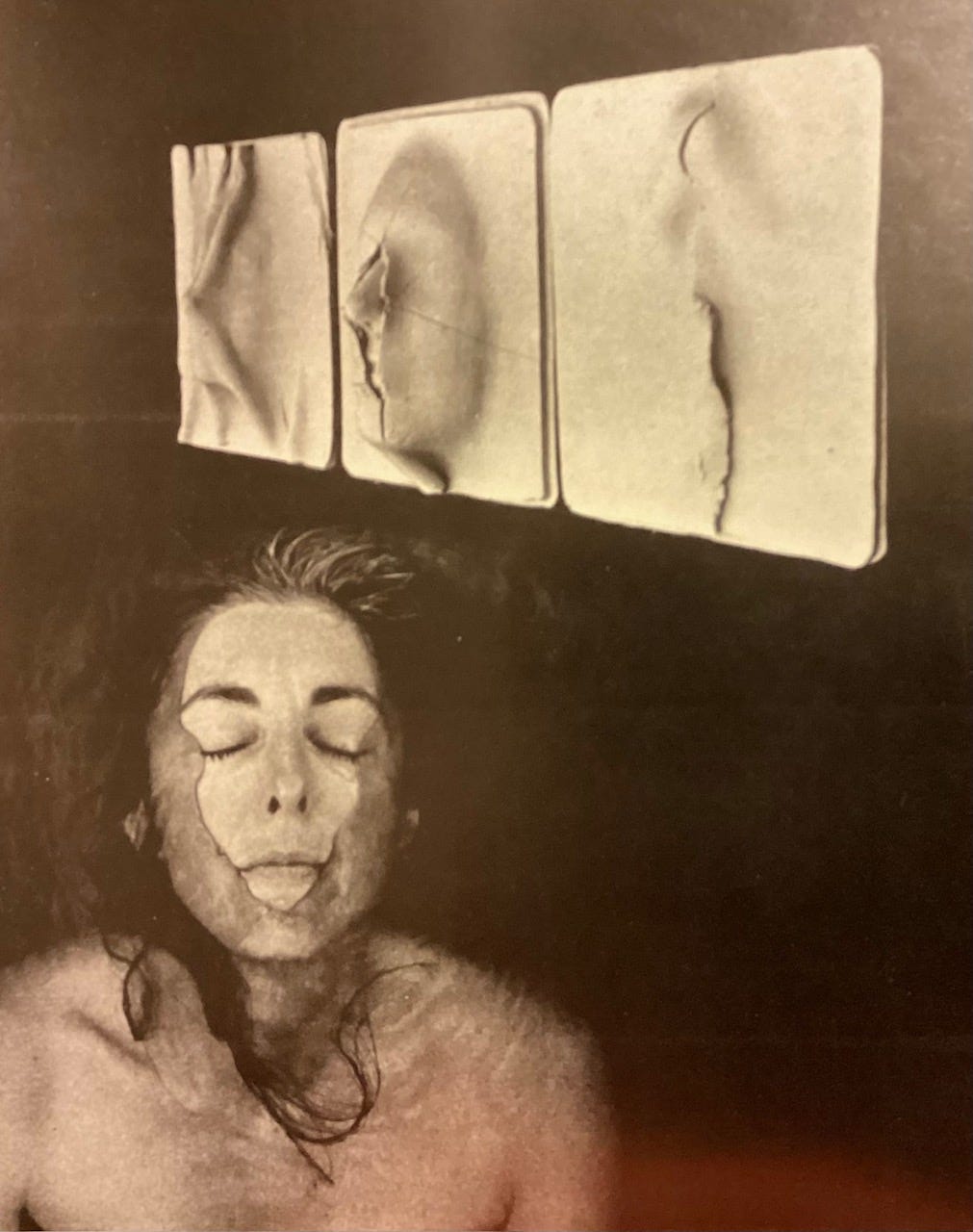
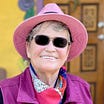
Thanks for an interesting read. I hadn't known about WomanKraft!
I love learning about your life and the deep and rich history of Tucson!